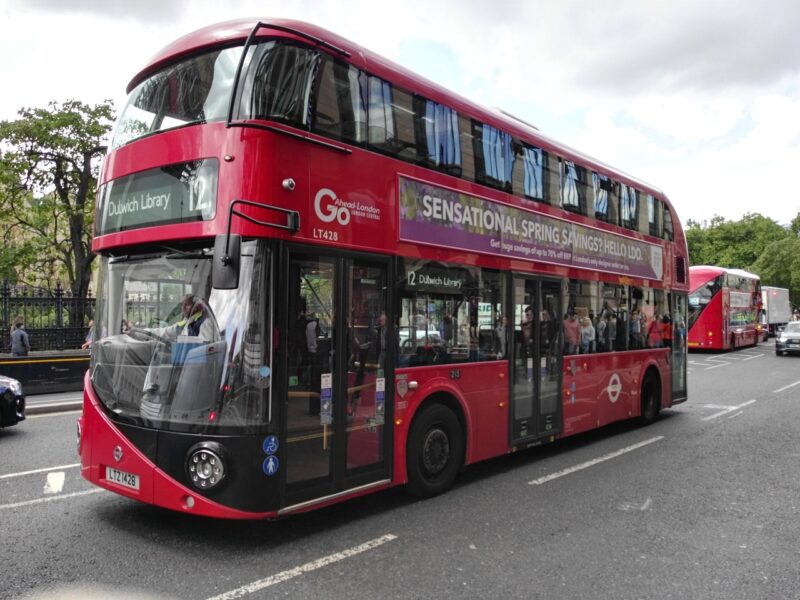Why Public Transport Fares Differ Globally: Economic and Cultural Influences
November 15, 2024

Public transport is a crucial component of urban infrastructure, providing affordable mobility to millions across the globe. However, one aspect that often leaves passengers scratching their heads is the wide disparity in public transport fares among different countries and cities. Why does a bus ride in one city cost a dollar while a similar journey in another city can run upwards of five dollars? This article delves into the underlying economic and cultural influences that shape the pricing of public transport services worldwide.
### 1. The Basics of Public Transport Fares
Public transport fares vary significantly from one location to another. Factors such as operational costs, government subsidies, population density, and the level of service provided all contribute to fare structures. Understanding these basic components provides insights into the complexity of fare determination.
– **Operational Costs**: This includes expenses related to fuel, maintenance, labor, and vehicles. Cities with higher operational costs are likely to reflect these in their fare structures.
– **Government Subsidies**: Many public transport systems are subsidized by local or national governments, which can dramatically influence fare prices. In some regions, transport fares might be nominal due to substantial subsidy support.
– **Population Density**: High-density urban areas often benefit from economies of scale, reducing the average cost per passenger, leading to lower fares.
### 2. Economic Factors Influencing Fares
Economic conditions play a fundamental role in how public transport is priced. Countries with robust economies typically have more resources to invest in public transportation, whereas those with limited financial capacity might struggle to provide affordable services without substantial fare increases.
– **Cost of Living**: In areas with a higher cost of living, public transport fares tend to be higher. The purchasing power of residents impacts fare affordability. For instance, a bus fare costing $2 in a low-cost country might be seen as exorbitant in a high-cost region.
– **Investment in Infrastructure**: Cities that invest heavily in their public transport infrastructure often charge higher fares, reflecting the quality of service provided. This includes investments in modern vehicles, reliable scheduling, and maintenance.
– **Economic Growth**: Fast-growing economies may experience fluctuations in fares as demand for public transport increases and operators attempt to balance supply with rising costs.
### 3. Cultural Influences on Fare Structures
Cultural attitudes towards public transport can also dictate fare structures. In some cultures, public transit is seen as a valuable public service and is subsidized accordingly. In others, it might be perceived as a lesser mode of transport, leading to higher overall fares and less investment in services.
– **Social Norms**: In countries like Japan, where public transport is highly respected and widely used, residents expect high-quality service without exorbitant fares, prompting the government to provide subsidies. Conversely, in countries where car ownership is culturally prioritized, public transport may be less developed and more expensive to use.
– **Historical Context**: Socio-political histories shape modern fare structures. Countries that have historically invested in public infrastructure are often more likely to subsidize fares compared to those that have experienced prolonged economic turmoil.
### 4. Case Studies: Comparing Global Transport Fares
To illustrate the impact of economic and cultural factors, let’s examine public transport fares in different global cities:
– **Tokyo, Japan**: In Tokyo, public transport fare for a single journey averages around $1.50. This is supported by the extensive network and efficiency of trains and buses, partly due to cultural emphasis on punctuality and service excellence.
– **New York City, USA**: The average subway fare stands at $2.75. High operational costs and a lack of subsidies mean fares are significantly higher than in many other global cities. However, the extensive network and 24/7 operation justify this cost for many commuters.
– **Mumbai, India**: A ride on the local trains can cost as little as $0.30, but the service often faces overcrowding and delays. The government heavily subsidizes fares to make transport accessible for the majority of citizens who rely on it for their daily commute.
### 5. Future Trends in Public Transport Fares
As cities continue to grow and climate change dictates more sustainable transport solutions, fares are likely to evolve. Many urban areas are now exploring integrated mobility systems that prioritize affordability and accessibility, leading to potential shifts in fare structures.
– **Sustainability Initiatives**: Cities are looking to incentivize the use of public transportation with discounted fares as part of broader sustainability initiatives aimed at reducing urban pollution.
– **Technology Impact**: The rise of transportation apps and online payment systems may streamline fare systems. The introduction of dynamic pricing based on demand could become a factor, similar to ride-sharing platforms like Uber.
### Conclusion
Understanding why public transport fares differ globally is a complex interplay of economic realities, cultural values, and governmental policies. While some cities manage to keep fares low through subsidies and investments in infrastructure, others grapple with high operational costs and societal perceptions of public transport. As the world continues to evolve, so will the landscape of public transport fare structures, requiring constant adaptation to meet the needs of urban populations.
By analyzing both the economic and cultural influences at play, we gain a clearer picture of public transport as not just a means of mobility, but a reflection of societal values and economic conditions worldwide.







